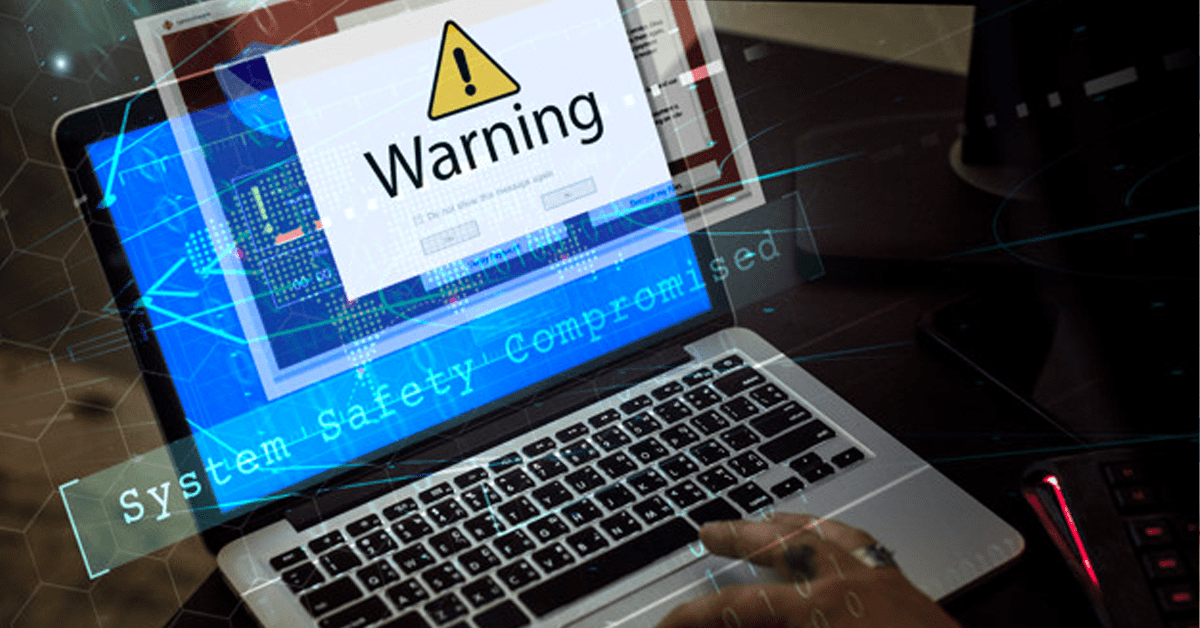How To Use Your Smartphone To Fight Coronavirus Phishing Scams

Use Your Smartphone to Avoid Getting Infected!
As South Africans grapple with the burgeoning COVID19 pandemic, many are concerned about what will happen next. As if you didn’t have enough to worry about, here’s one more thing: Cyber hackers are using the outbreak to steal money from people like you and me—especially in a time when everyone’s online.
COVID19 Has Created The ‘Perfect Storm’ For Coronavirus Scams
But phishing scams are nothing new. It’s common for scammers to take advantage of disasters and emergencies when people are terrified and anxious. Phishing often involves impersonating someone you know or a platform you trust. Similarly, COVID-19 is a fertile ground for malicious actors. But this time, hackers are exploiting fear using misinformation.

Here’s How Hackers Are Doing It…
Cybercriminals send coronavirus phishing emails and messages claiming to be from legitimate organisations such as WHO (World Health Organisation), Charities, Banks, SARS or the Government with information about the coronavirus. The messages might ask you to open a link or an attachment to see the latest map or numbers. If you click on the attachment or embedded link, you’re likely to install malware onto your device that can steal your personal information, passwords, credit card numbers and more. There is even malware that can track your every move, access your photos, and take picture and record video without your knowledge.

How Do We Protect Ourselves During This Once-In-A-Century Pandemic?
As smartphone technology continues to evolve, it also paves the way for an increasing amount of attacks. That’s right. That shiny, sanitized tablet in your pocket can lead to your financial downfall if you’re not careful. To avoid getting caught hook, line and sinker, here’s how to protect yourself from a coronavirus scam using your smartphone.
Think Before You Click: One-Click Can Expose Your Entire Life To A Hacker
Email, SMS and WhatsApp are the Petri dishes of coronavirus misinformation. Watch out for a cybercriminal surge pitching COVID-19 health information, fake cures, maps, and virus updates. Each text contains a URL, which will take you to a website that requires you to log in. It could also entice you to download something, which allows attackers to get malware onto your tablet. The next time you sign into your account, you will unknowingly give the cyber attackers the information they need to clean out your account or steal your identity.
Never assume that a website is legitimate just because its URL starts with “https://” Criminals like to use encryption, so before you click the link, examine the URL, particularly pay close attention to spelling. If something doesn’t seem right about an email or a link attachment—delete it immediately. You’re better off not taking the risk.

Prevent Cyberattacks: Update Your Security Tools And Stick To Credible App Sites
Just recently, a malicious Android app called CovidLock claimed to help users chart the spread of the virus. Instead, it led to a slew of Android phones being locked and held for ransom by hackers. It’s that easy. But you can prevent attacks like this by ensuring your smartphones anti-malware and anti-virus software is operating and up to date. The same goes for your laptop and all your additional home tablets.
Up-to-date antivirus software goes a long way toward stopping threats such as the banking trojan contained in the Italian coronavirus phishing emails. You can also install a browser plugin to warn you if you stumble onto a potentially dangerous site or a site that contains malware.
While Samsung Galaxy S and Galaxy come with spam call protection built-in, many providers offer a free service like Truecaller, which identifies and blocks spammers—while also identifying the caller ID of private numbers. Make sure you install this app on your smartphone.
But keep in mind that these tools aren’t foolproof. As mobile authority points out, setting a password on your smartphone can help protect you from a lock-out attack. It is also a smart choice to only download apps from Google Play Store if you’re an Android user and Apple store if you’re an iPhone user.
Final Word From Phil: Fact Check It all!
Fresh content is the stuff that makes the web go round—but not all information is factual. It’s up to good old-fashioned common sense to distinguish the genuine from the fake, and fact-checking hits the ball right out of the park on this one.
Before clicking the link, use Google to check the legitimacy of the website—a crucial tool in decreasing the likelihood of falling prey to scammers. A legitimate fact-checking site to use is Snopes—the original fact-checking website—, or AfricaCheck.org—a credible South African fact-checking site.
The world has changed extraordinarily in the last several weeks. While it has brought out the best in humanity, it has also attracted the worst in some. Smartphone scammers are finding new ways to exploit the panic, but with caution, you can avoid becoming another phishing victim.



